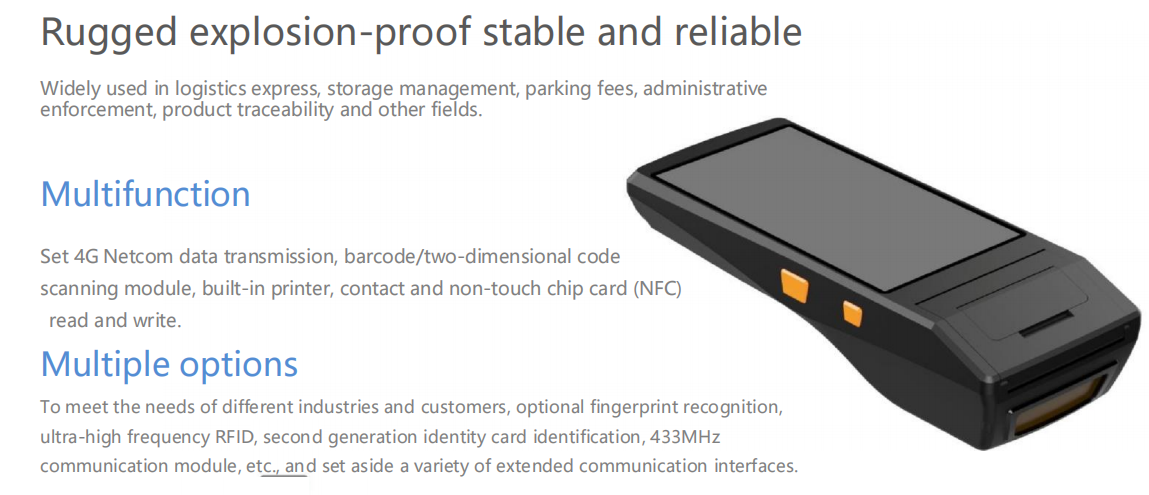Physical Address
304 North Cardinal St.
Dorchester Center, MA 02124

RFID printers come in various configurations, shapes and sizes, allowing businesses to find the best fit for their needs. We have classified them by their usage and their tag compatibility.
Industrial RFID printers can print over 10,000 tags daily, making them ideal for high-volume production lines. These printers are rugged, durable, and can be used in most applications.
Industrial printers often have advanced features, such as built-in maintenance software and large media capacity. As a result, these printers can handle complex printing tasks with ease.
Desktop RFID printers are a more affordable option than their industrial counterparts. These printers can print 500+ tags in a day. Usually, these printers are made to be used in offices or stores.
Desktop printers have smaller print widths and lower print speeds than industrial printers, but they are still capable of encoding data onto labels accurately and efficiently.
Mobile RFID printers are an advanced type of RFID printing technology. These printers can print 200+ tags a day.
Mobile RFID printers are portable and lightweight, making them perfect for companies that need to encode tags while on the go. These devices are great for businesses that require access to information in challenging environments.
Mobile printers often feature robust connectivity options such as Bluetooth and Wi-Fi, enabling seamless integration with existing systems.
There are three types of RFID printers based on their encoder’s frequency range, Ultra-high frequency RFID printers, High-frequency RFID printers and Low-frequency RFID printers.
Ultra-high-frequency RFID thermal printers are designed to encode UHF RFID tags. Likewise, High-frequency RFID thermal printers are designed to encode HF RFID tags, and Low-frequency RFID thermal printers can encode LF RFID tags.
Specialised RFID printers provide additional functionality beyond what regular RFID printers offer.
Specialised RFID printers can create customised labels or name tags. They can also print on foam-backed tags, metal back cards and badges.
RFID printing is of two types – Direct Thermal Printing and Thermal Transfer Printing.
In direct thermal print, a direct thermal RFID printer prints use heat-sensitive RFID media (also called thermal labels). This heat-sensitive material has ink embedded in it, which darkens when exposed to the heat received by athermal printhead.
Direct thermal RFID printers only require RFID thermal labels. They do not need printer consumables like thermal ribbons, making them cost-efficient over time.
In thermal transfer print, an RFID thermal transfer printer uses a thermal ribbon, a thin film made of wax, resin or a combination of both.
The thermal ribbon gets placed between the print material and the thermal print head. The thermal print head then transfers heat, which melts the ribbon and transfers it onto the material beneath it.
Thermal transfer offers the highest quality printouts, but they require the use of thermal ribbons, which becomes costly over time.